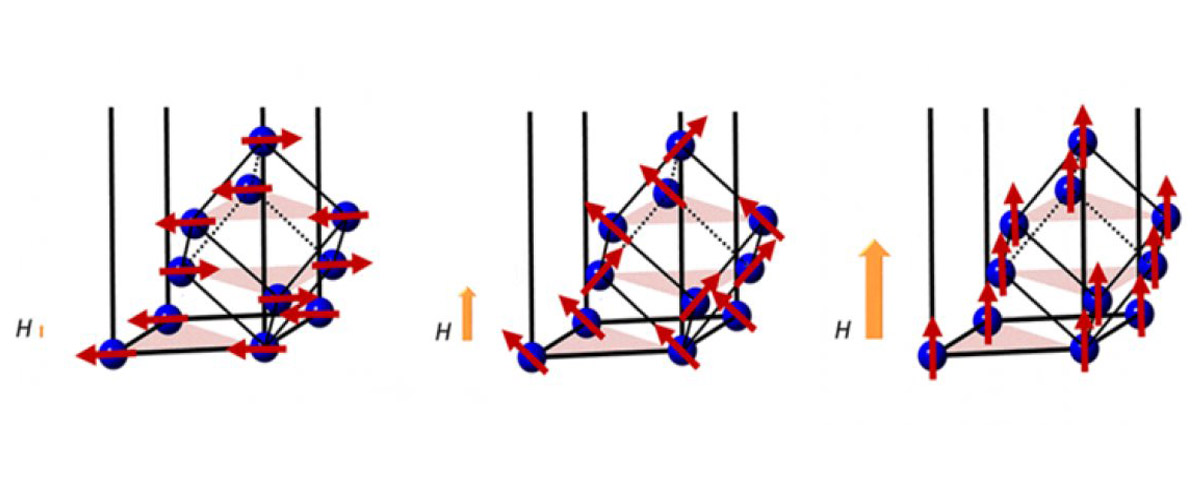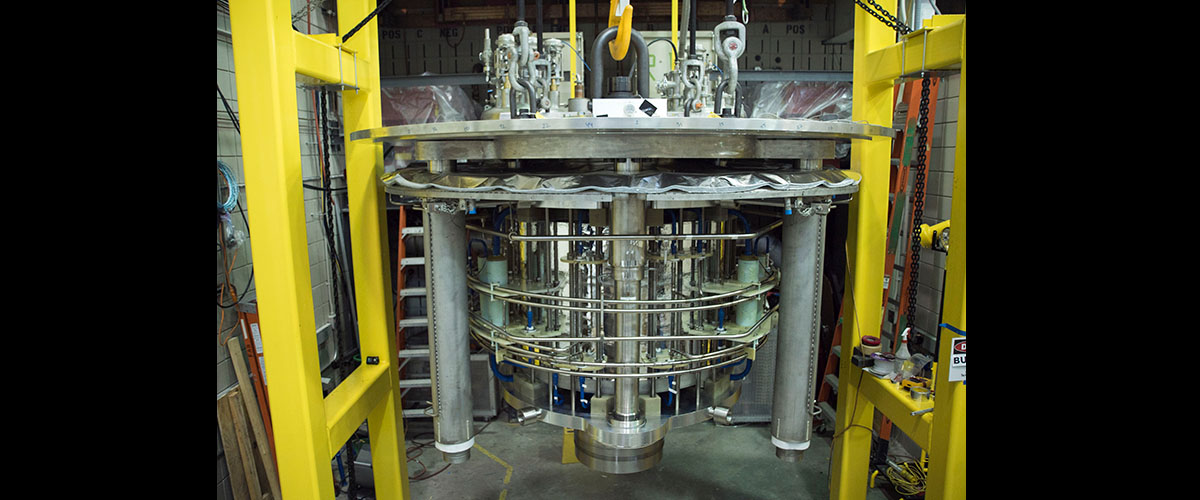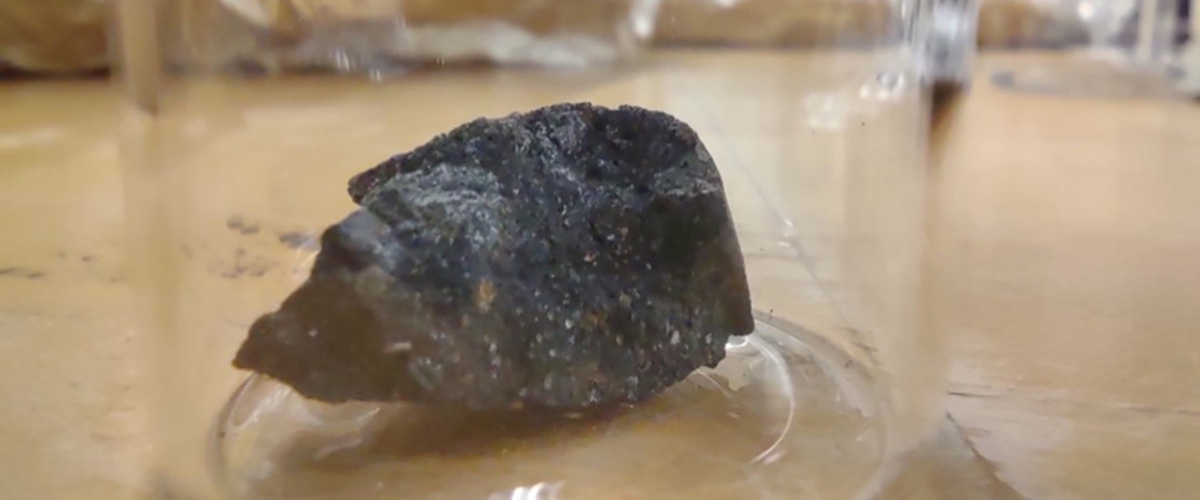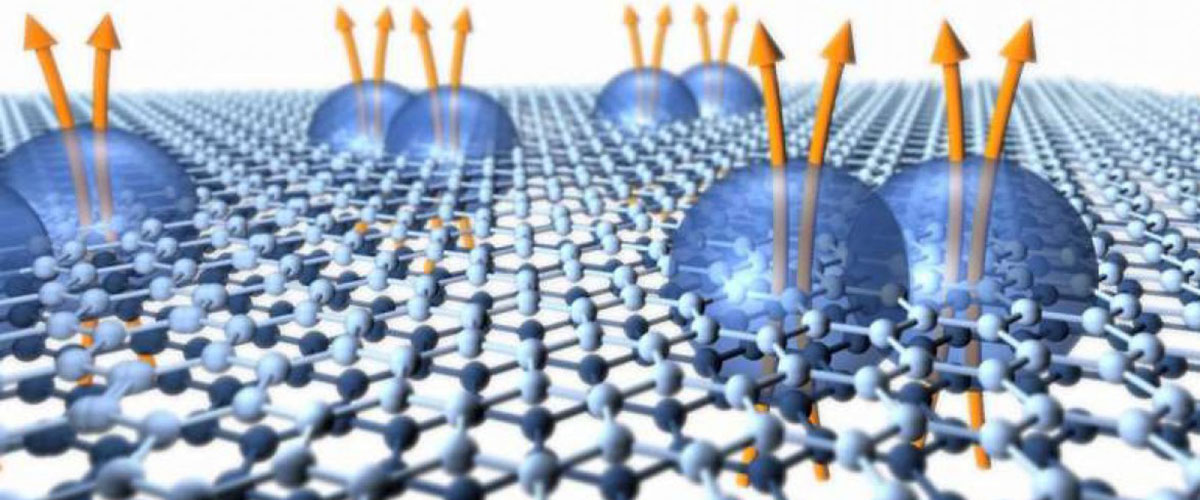Contacts:David Ruth or Jade Boyd, Rice University
HOUSTON — There’s an oddball in most families, but Rice University physicist Emilia Morosan has discovered an entire clan of eccentric compounds that could help explain the mysterious electronic and magnetic workings of other quantum materials engineers are eying for next-generation computers and electronics.
Morosan and 30 co-authors, including nine from the National MagLab, describe the first family member — a “semimetallic Kondo lattice” made from ytterbium, rhodium and silicon in a ratio of 1-to-3-to-7 — in a study this week in the American Physical Society journal Physical Review X (PRX). The paper describes two properties of YbRh3Si7 — “metamagnetism” and “low-carrier Kondo” effects — that have rarely previously been measured in the same material.
Morosan, whose lab specializes in the design, discovery and synthesis of quantum materials, said few 1-3-7’s had been described in the scientific literature prior to her research. Of the several compounds in the 1-3-7 family discovered by her group, four are magnetic, three are ytterbium-based and “each is more surprising than the last,” she said.
“First, this gives us an opportunity to understand all of these, by themselves, and then to understand them in relationship to each other,” said Morosan. “For example, the structural and chemical differences between these are very small. The lattice parameters are almost identical. One would expect that the physical changes would therefore be minimal in these related compounds, but we’re finding dramatically different magnetic and transport properties. If we can understand why that happens in this family, it might allow us to search for compounds with the properties we want.”
In YbRh3Si7 and all other crystals, atoms are arranged in an orderly way. Each crystal has its own signature structural pattern, or lattice. In crystals containing magnetic elements like iron or ytterbium, the orderly arrangement of atoms in a lattice often goes hand in hand with magnetic order.
For example, every electron acts like a tiny spinning bar magnet, with a positive and negative magnetic pole at either end of its spin axis. The electron’s magnetic moment refers to the direction in which the spin axis points, and in elements like iron and ytterbium, which each contain many electrons, atoms can have a strong collective magnetic moment. In ferromagnets — the materials stuck to countless refrigerators and automobiles — these magnetic moments all point in one direction. In antiferromagnets, like YbRh3Si7, half of the moments point one way and half point the opposite way.
Tech companies are increasingly interested in using spin in solid-state devices. Spintronics, a growing field, is dedicated to creating spin-based technologies for data transfer, data storage and computation, including fundamentally new kinds of chips for quantum computers.
For those studying new magnetic materials, like YbRh3Si7, one way to probe magnetic order is by coaxing the moments to point in another direction in response to an external magnetic field. By measuring the amount of field energy needed to change the direction that the magnetic moments point, physicists can learn much about the role that the crystal lattice plays in how the magnetic moments express themselves.
In most materials, the magnetic moments of atoms gradually rotate towards the direction of the external field as intensity increases. In metamagnets, the forces of the crystal field exert such a pull that the moments stay locked in place, even as an external field is applied. But when the field energy reaches a critical level, the moments all snap instantly into a new arrangement that’s more closely aligned to the field. If the field intensity is increased enough, the moments can be made to align with the field, but “only through this progression of stepwise changes that are reminiscent of a devil’s staircase,” Morosan said.
The finding of the metamagnetic transitions was the first clue that something strange was at work in the crystallographic structure of YbRh3Si7.
“There are very few examples of metamagnetism in ytterbium-based compounds,” said study co-author Macy Stavinoha, a graduate student in Morosan’s group. “That transition clued us into looking at the underlying magnetic structure, which was quite complicated. We had to use a manifold of techniques to confirm what was involved.”
The eight-year experimental odyssey to decipher the material’s magnetic order was led by former Ph.D. student and co-author Binod Rai and included trips to Tennessee’s Oak Ridge National Laboratory, Maryland’s National Institute of Standards and Technology, the United Kingdom’s Rutherford Appleton Laboratory, and MagLab facilities at Florida State University in Tallahassee and at New Mexico’s Los Alamos National Laboratory.
Morosan said the experiments helped her team decipher the confusing competition of forces — structural, electronic and magnetic — at play in YbRh3Si7. “There was nothing simple, in the sense that you could sit down, look at the data from an experiment and immediately tell what was going on,” she said.
For example, experiments showed that the metamagnetic transitions in YbRh3Si7 occurred at lower fields when the magnetic field is applied perpendicular to the zero-field moment direction. This contrasts with metamagnetic transitions in almost all other ytterbium-based compounds, which occur when the applied field is parallel to the moment direction. Morosan said this points to a delicate balance between the different energy scales in YbRh3Si7.
Another example of competing energy scales in the material can be seen in the enhanced interaction between magnetic moments and conduction electrons. This interaction, known as “Kondo screening,” arises when carrier electrons — the flowing particles in electric current — interact with magnetically aligned electrons in the ytterbium atoms. Stavinoha said it’s puzzling because YbRh3Si7 has a lower density of carrier electrons than most known Kondo materials.
“You rarely find multiple Kondo systems in one family of isostructural compounds,” Stavinoha said. “In the 1-3-7 family, we discovered three such Kondo systems with distinct magnetic and electronic properties. That combination of structural similarity and physical property dissimilarity present a great opportunity for comparative studies.”
Morosan is a professor of physics and astronomy, chemistry and electrical and computer engineering at Rice and a member of the Rice Center for Quantum Materials, a university wide effort that leverages global partnerships and the strengths of more than 20 Rice research groups to address questions related to quantum materials.
Additional co-authors of the PRX paper include Alannah Hallas, Chien-Lung Huang, Vaideesh Loganathan, Tong Chen, Haoran Man, Scott Carr, Pengcheng Dai and Andriy Nevidomskyy, all of Rice; Shalinee Chikara, Xiaxin Ding, John Singleton and Vivien Zapf, all of the National MagLab's Pulsed Field Facility at Los Alamos National Laboratory; Iain Oswald, Katherine Benavides and Julia Chan, all of the University of Texas at Dallas; Rico Schönemann, Q.R. Zhang, Daniel Rhodes, Y.C. Chiu and Luis Balicas, all of the National MagLab's DC Field Facility at Florida State University; Huibo Cao and Adam Aczel, both of the Neutron Scattering Division at Oak Ridge National Laboratory; Qing Huang and Jeffrey Lynn, both of the Center for Neutron Research at the National Institute of Standards and Technology; Jonathan Gaudet of McMaster University; and Dimitri Sokolov of the Max Planck Institute for Chemical Physics of Solids.
The research was supported by the Gordon and Betty Moore Foundation, the National Science Foundation, the Department of Energy, the Welch Foundation and the state of Florida.
News release courtesy of Rice University.






